WesVFX
TPF Noob!
- Joined
- Jun 14, 2009
- Messages
- 132
- Reaction score
- 1
- Location
- Hemet, CA
- Website
- www.wesvfx.com
- Can others edit my Photos
- Photos OK to edit
Hey guys/gals... I've been noticing lately that a lot of my photos just aren't all that clear in detail. I'd like to think I've mastered the skills to scratch user error out as the problem, but I could be wrong. Below are a few recent photos I've taken. Take a good look at the foliage and corn husks to see what I'm referring to... My equipment is nothing special, just a Canon T1i and the kit lens (18-55mm) with a UV filter. These were both handheld shots with PP done in Adobe Bridge.
Anyways, I'd like to know your thoughts. I'm thinking my lens just isn't able to deliver my expectations. Or am I doing something wrong?
Shutter Speed: 1/60
F-Stop: 4.5
ISO: 100
Focal Length: 32mm
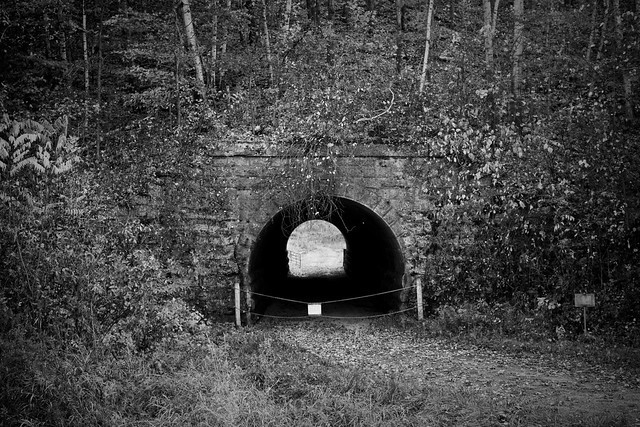
Shutter Speed: 1/160
F-Stop: 11
ISO: 100
Focal Length: 29mm
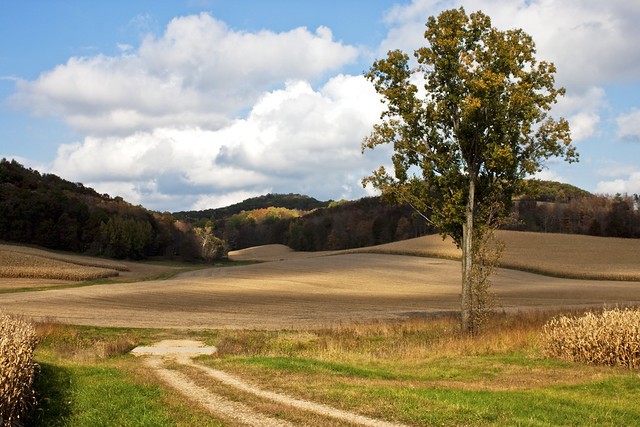
Anyways, I'd like to know your thoughts. I'm thinking my lens just isn't able to deliver my expectations. Or am I doing something wrong?
Shutter Speed: 1/60
F-Stop: 4.5
ISO: 100
Focal Length: 32mm

Shutter Speed: 1/160
F-Stop: 11
ISO: 100
Focal Length: 29mm

Last edited:


 of course I have!
of course I have! 

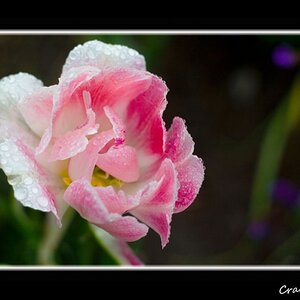
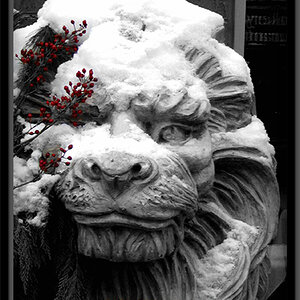


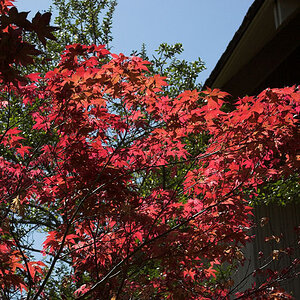
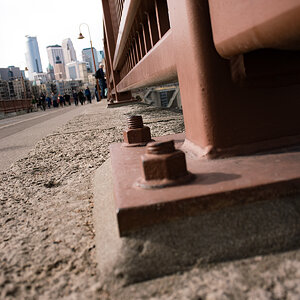

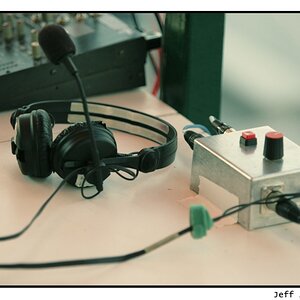



![[No title]](/data/xfmg/thumbnail/36/36299-468f060314a0ac2bf5e37da1c33149d2.jpg?1619737493)